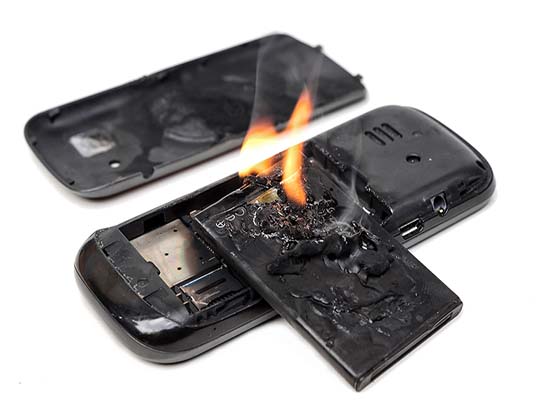New lithium battery charges faster, reduces risk of device explosions

Cell phone batteries often heat up and at times, can burst into flames. In most cases, the culprit behind such incidents can be traced back to lithium batteries. Despite providing long-lasting electric currents that can keep devices powered up, lithium batteries can internally short circuit, heating up the device.
Researchers at Texas A&M University have invented a technology that can prevent lithium batteries from heating and failing. Their carbon nanotube design for the battery’s conductive plate, called the anode, enables the safe storage of a large quantity of lithium ions, thereby reducing the risk of fire. Further, the researchers said that their new anode architecture will help lithium batteries charge faster than current commercially available batteries.
“We have designed the next generation of anodes for lithium batteries that are efficient at producing large and sustained currents needed to quickly charge devices,” said Juran Noh, a material sciences graduate student in Choongho Yu’s laboratory in the J. Mike Walker ’66 Department of Mechanical Engineering. “Also, this new architecture prevents lithium from accumulating outside the anode, which over time can cause unintended contact between the contents of the battery’s two compartments, which is one of the major causes of device explosions.”
Their results are published in the March issue of the journal Nano Letters.
When lithium batteries are in use, charged particles move between the battery’s two compartments. Electrons given up by lithium atoms move from one side of the battery to the other. On the other hand, lithium ions travel the other direction. When charging the battery, lithium ions and electrons go back to their original compartments.
Hence, the property of the anode, or the electrical conductor that houses lithium ions within the battery, plays a decisive role in the battery’s properties. A commonly used anode material is graphite. In these anodes, lithium ions are inserted between layers of graphite. However, Noh said this design limits the amount of lithium ions that can be stored within the anode and even requires more energy to pull the ions out of the graphite during charging.

